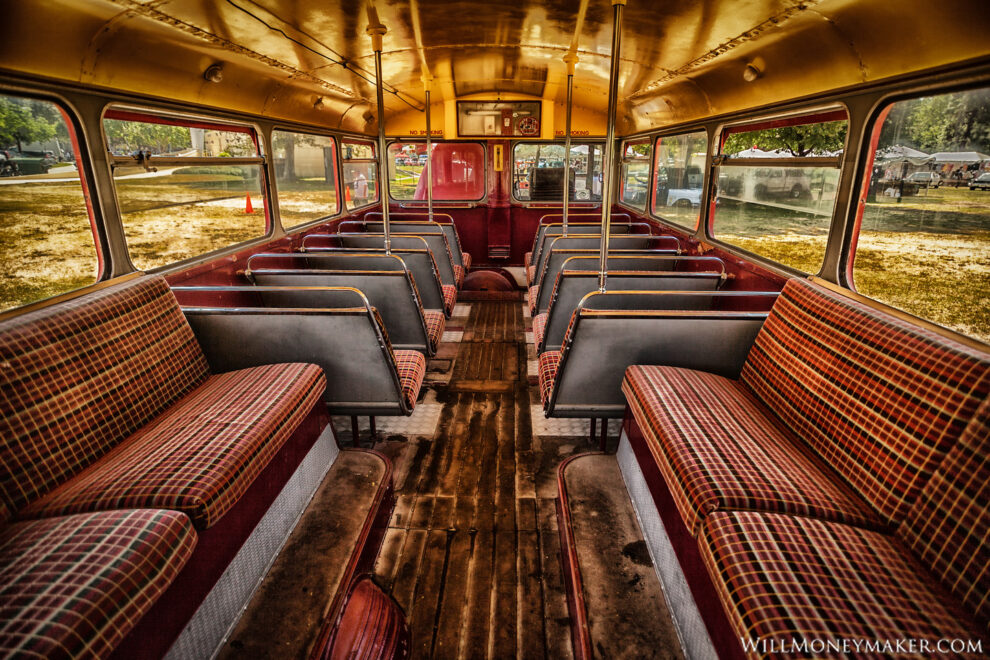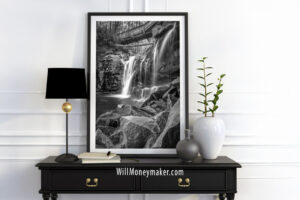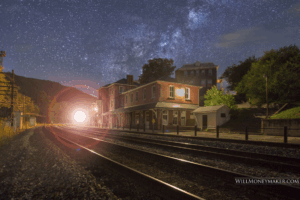Modern cameras are a wonderful thing. So many features, so many ways to customize. Now, more than ever before, we’re able to really take control of our photographs in ways that photographers of yesteryear could only dream about.
And that control is something that many photographers come to value. So much so that the idea of giving up any control at all runs counter to our instincts. Photography, in a sense, is all about control. We expect to go into the field and be able to control most, if not all aspects of the shoot.
We seek to control lighting by choosing days on which it is sunny or cloudy, and we bring along light modifiers and off-camera lighting to enhance what is available or to fit whatever needs we may have. Lenses are another way to take control. With them, we can take pictures from far away or extremely close, and we can use their various features to tinker with things like depth of field. We control colors in our images, and with composition, we control the elements within the frame. Modern post processing adds many more layers to this. Now, we can simply delete things we don’t want in our images, crop them to any size or shape we like, and make any of a thousand different adjustments to our images.
That brings us back to modern cameras — and all of their various automatic settings. The need to control everything is so ingrained that the idea of giving up some of that control to the camera, well, it just seems foreign. I know that sometimes I struggle to flip the dial to the automatic mode. And often, we shouldn’t, because control over shutter speed, aperture, light balance, ISO and so on, these are all things that can make or break an image.
But on the other hand, sometimes all of those decisions just get in the way. I suggest that when possible, or when necessary, we free ourselves from some of this non-stop decision making and take advantage of those automatic settings. After all, they exist for a reason!
Your Camera’s Automatic Modes
On most modern cameras, there is a wide variety of automatic functions. You’re probably already familiar with autofocus, which is your camera’s mechanism for automatically focusing the lens. Most photographers rely on autofocus at times, sometimes a lot of the time because this is an easy way to ensure that images turn out crystal clear without adjusting focus rings that sometimes have a very narrow “sweet spot.”
But there are several other modes and adjustments, too. Nearly all cameras these days feature a fully automatic mode, which puts the camera in complete control of exposure settings. It’ll choose shutter speed, aperture and more based on the available light it senses. There are also aperture priority modes and shutter priority modes. Both of these will let the camera choose either aperture or shutter speed while you choose the other. And don’t forget about programmable modes. These are an easy way to customize your own preferred settings so that you can flip the camera to one of your program modes and not worry about tinkering with settings.
Things like white balance and ISO can also be set to auto modes. These are two automatic functions that you may not use unless you’re in a situation where the light is rapidly shifting — moving between rooms with different colors or levels of light, for instance. If you do happen to use either of these modes, just be sure that when you’re back in a situation where the light isn’t changing that you take the time to set the ISO and white balance properly. There are many times I can remember forgetting to do this, and I ended up with a bunch of digital negatives that were either too grainy or had an odd color cast because the camera chose less than ideal ISO and white balance settings.
Why Use Automatic Settings?
There are lots of good reasons to use automatic settings. For instance, if you’re photographing action, you’ll find it’s a lot faster to use the fully automatic mode and simply focus on taking pictures. That way, you won’t miss out on the action by stopping to adjust settings. Windy days, too, can be a challenge. If you want to photograph a leaf or some other subject just right, but the wind keeps stirring it, autofocus and other automatic settings can help you take the photograph in that brief moment when the wind stops blowing and your subject stills.
But the larger reason to use automatic settings has to do with creativity. Automation frees your mind. When you’re constantly worrying about settings, you have less brain space for the creative aspect of things. Composition, colors, contrasts, themes or even the message you’d like to get across can all be lost as you bog yourself down in things like shutter speed, f-stops, ISO and all the rest. If you find yourself struggling with creativity, it may help to just dispense with these details, let the camera handle the work, and allow your mind to explore ideas instead of minutiae. Let go of some of that control in order to focus on imagining, which is something your camera can’t do for you.
It can be difficult to let the camera take over — and sometimes, it isn’t always the best idea. Unusual lighting situations, for instance, can lead the camera’s sensors astray so that it chooses odd color balance settings or ISOs that are much higher than necessary. But sometimes, giving up control and letting the camera do some of the work can be a huge boon. In the end, that’s what these automatic modes were designed for!





